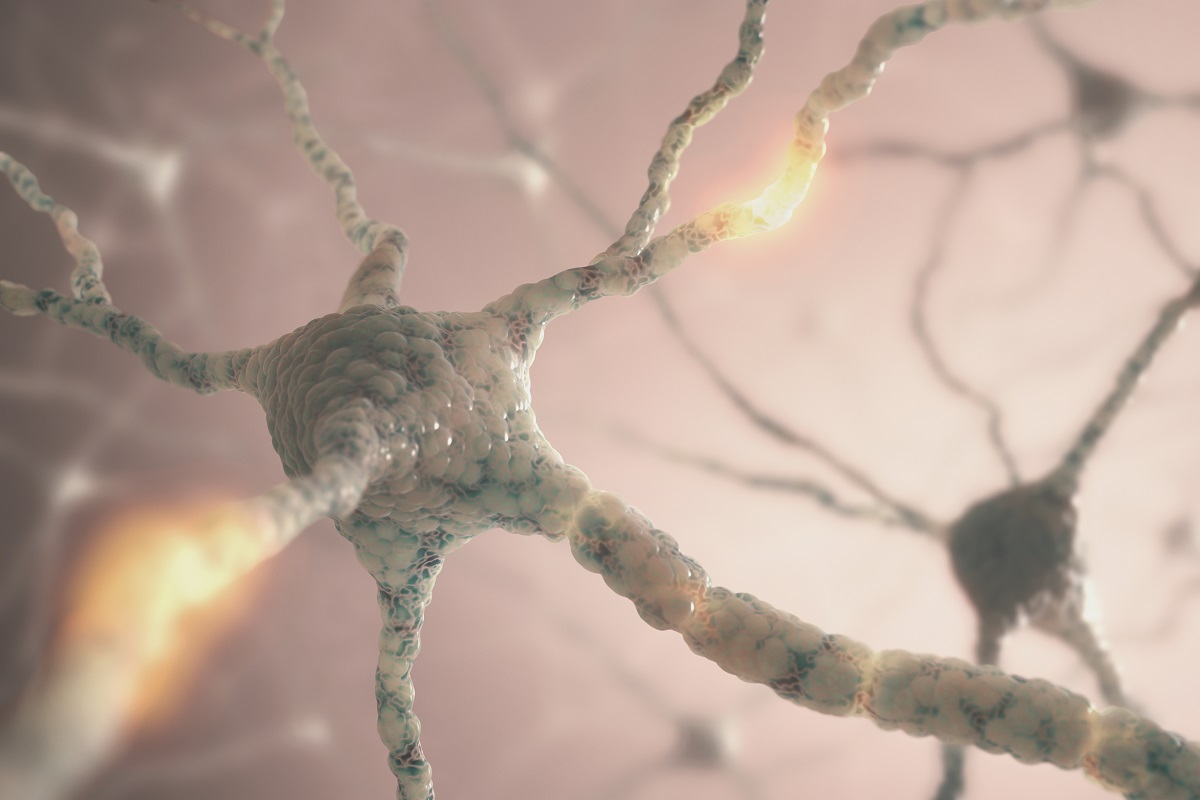This genetic health condition usually passes from biological parents to biological children and is known as Tay-Sachs disease (TSD). Commonly, it occurs due to a lack of an enzyme that breaks down the fatty substances (gangliosides). As a result, gangliosides build to toxic levels in the spinal cord and brain, which leads to nerve function problems.
Symptoms of this condition usually appear within 3-6 months of age and it is considered the most common and severe form of Tay-Sachs disease. Over time, the condition progresses, slowing the development, and muscles become weak. Children with this disease can experience seizures, vision and hearing loss, paralysis, and other symptoms. The life expectancy of children with Tay-Sachs disease is usually several years.
Sometimes, children can experience a juvenile form of this genetic disease and live until their teen years. In rare cases, adults have a Tay-Sachs disease onset which is not as severe as types that start in childhood.
You are at higher risk of getting Tay-Sachs disease if you have a family history of this genetic disorder.
Symptoms
Tay-Sachs disease can occur in three forms including infantile, juvenile, and late.
Infantile Type
The infantile form of this genetic disease is one of the most common and severe forms and usually happens between 3-6 months of age. Check below some symptoms:
- Baby exaggerated response to loud noises
- Spots in the eyes
- Motor skills loss (including turning over, crawling, and sitting up)
- Muscle weakness
- Movement issues
- Seizures
- Vision changes (such as blindness)
- Deafness (hearing loss)
- Swallowing problems
- Loss of mental functions
- Progressive macrocephaly (growth in head size)
Juvenile Type
This type of Tay-Sachs disease is less common and commonly starts in childhood. Check below some symptoms:
- Behavior changes
- Loss of skills and movement control gradually
- Frequent infections of the respiratory tract
- Vision problems
- Speech loss
- Reduced mental functions
- Seizures
Late Onset (Adult Type)
This type occurs quite rarely and it is less severe. Moreover, a late form of Tay-Sachs disease does not always negatively affect life expectancy. Check some symptoms below:
- Walking problems
- Clumsiness and loss of coordination
- Muscle weakness
- Speaking and swallowing problems
- Tremors
- Muscle spasms
- Psychiatric disorders
- Loss of mental functions (rarely)
If you notice that your child experiences any of the Tay-Sachs disease symptoms, immediately visit a doctor.
Causes
This is a hereditary condition that passes from parents to children. Commonly, it occurs when children inherit a mutation in the gene known as HEXA from both biological parents. As a result, children get Tay-Sachs disease which prevents the production of a special enzyme (beta-hexosaminidase A) that breaks down the fatty substance GM2 ganglioside. Thus, these fatty substances build up and cause nerve damage in the spinal cord and brain.
Risk Factors
This gene mutation is found in certain people more than others. An increased risk of developing Tay-Sachs disease has ancestors from Eastern and Central European Jewish communities (Ashkenazi Jews), French Canadian communities, Cajun communities, and Old Order Amish communities.
Commonly, a blood test is enough to determine if biological parents carry HEXA gene change. Talk with your doctor for more details.
Diagnosis
Doctors ask the patients some questions about symptoms and family history before diagnosing this disease. They also can perform a physical, neurological, and ophthalmologic examination. Physicians may also order you to do some tests. For example:
- Diagnostic blood test – This test helps to check hexosaminidase A enzyme levels in the blood.
- Genetic testing – It helps to determine HEXA gene changes.
- Eye examination – During this examination, your doctor will check for cherry-red spots in the eyes, which is a symptom of Tay-Sachs disease.
In some cases, a prenatal test is done to check for Tay-Sachs disease during pregnancy.
Treatment
Unfortunately, there are no ways to cure and slow the progression of the Tay-Sachs disease. However, some treatment options can relieve the symptoms and prevent complications. Usually, treatment methods provide support and comfort. Check below some supportive treatment options:
- Medicines – Physicians usually prescribe anti-seizure medicines or antibiotics for infection.
- Respiratory care – Lung infection can occur in some people due to excess fluid in the lungs. That’s why doctors may advise chest physiotherapy (CPT) to help remove extra fluid from the lungs. Furthermore, they can prescribe you some medicines to decrease saliva production.
- Nutrition and hydration – A feeding tube may be recommended by your doctor because it will help to prevent inhaling food or liquids in the lungs.
- Physical therapy – This therapy is usually used when the disease progresses to maintain flexible joints. It also helps to delay joint stiffness and pain.
- Occupational, speech, and language therapy – These therapies can help a child with Tay-Sachs disease perform their daily routine.
Nowadays, experts research treatments including stem cell transplantation, gene therapy, or enzyme replacement therapy that could cure Tay-Sachs disease.
Frequently Asked Questions
What is the life expectancy for people with Tay-Sachs disease?
Approximately all children with TSD live around 5 years old. Talk with your doctor for more details.
What are potential TSD complications?
- The end stage of TSD is when a vegetative state happens
- Progressive visual impairment
- Refractory seizures
- Spasticity
- Neurological deterioration
- Balance problems
- Progressive motor impairment
- Risk of falls
Talk with your doctor if you notice that your child experienced any of the previous complications.
Is it possible to cure Tay-Sachs disease?
No, this genetic disorder cannot be cured but with treatment, you can lessen the symptoms and improve the quality of life. Ask your healthcare professional if you have additional questions.




